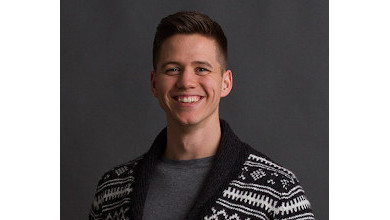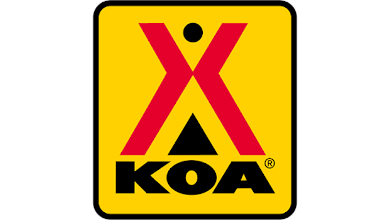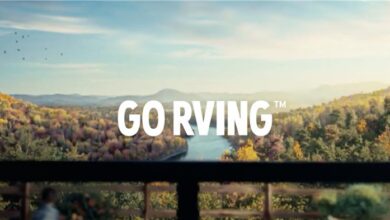Blog: Know the Difference Between Product, Brand and Lifestyle Marketing
 Mills
MillsAs a marketing professional in the RV industry, you are fortunate to have a wonderful product to showcase for the world. The amount of detail and intricate design on each model provides you with what feels like endless opportunities to talk about different product specifications, shoot gorgeous videos and photos for media outlets, and arm your sales team with great collateral to bring directly to your customers. However, in the busy-ness of running a full marketing department and all that goes with that, it is easy to become overly reliant on the product to do all the legwork – and lose focus on the brand and lifestyle you’re working to promote. As your marketing matures, you’ll find it more and more effective to continue building the brand and eventually espousing a lifestyle associated with using your products. Let’s run through some examples of each with the goal of giving you perspective on where your marketing falls currently along the spectrum.
Product Marketing
The vast majority of RV companies exist inside of the product marketing bubble. This marketing really focuses on each individual product and its specific features and benefits. The messaging leads with the specifications and often the consumer can quickly understand exactly what the product is good or bad at. An example of this is messaging or advertisement which talks about the length of an RV, or how many people the unit can comfortably fit.
A good example of product-focused marketing outside of the RV industry is electronics manufacture Samsung. While Samsung is a global brand which certainly has excellent recognition, their marketing is very focused on the individual product specifications, particularly when they release a new phone. For example, for their ground-breaking foldable touch phone, they focused exclusively on the folding and how that would benefit their prospective customers.
Brand Marketing
Brand marketing steps beyond an individual product and works instead on building a persona at the company level. To look at this inside of the RV industry, consider Airstream. Airstream has the iconic riveted aluminum design, and regardless of the product line you’re buying from, the craftsmanship is highlighted for its durability and high quality. As a consumer, you know you can expect your Airstream to last the test of time, whether you buy the Basecamp or a Classic Airstream. This is brand marketing because the consumer associates that quality with the entire brand, not just one product the brand produces.
Looking outside of the RV industry for an example of brand marketing, we find the language learning platform, Duolingo. Duolingo recently has made waves for the way they have been marketing on TikTok. To summarize quickly, the Duolingo mascot, the green owl, has been going viral for making tongue-in-cheek comments about getting your daily practice in. This marketing is not talking about the product at all, but rather giving the overall company some characteristics and working to build a relationship at the brand level, rather than at the product level.
Lifestyle Marketing
Lifestyle marketing goes beyond the company characteristics, and actually begins defining what sorts of people use the products they create. While most every company recognizes the need to have people in photo shoots look like the consumers who they imagine using their products, lifestyle marketing actually flips the script and focuses on the individual using the product, and the product and brand are second to that story. Lifestyle marketing will weave in product features and brand characteristics, but they are always shown in support of the life which the consumer is looking to lead. The consumer is the star, rather than the product or the brand.
Many of the biggest brands in the world have leaned heavily into lifestyle marketing. YETI defines its consumers as rugged, outdoor enthusiasts and promotes that by showcasing individuals who lead adventurous lives. Apple began doing this with the Think Different advertising campaign in which it showed Apple users who were pushing boundaries beyond the norm – thinking differently. Nike is also excellent at lifestyle marketing, although they do this largely through sponsorship and tell the story of famous athletes such as Serena Williams and Michael Jordan who have achieved greatness – and then allow that greatness to seep over their brand.
Where are you on the spectrum?
It is a huge challenge to move from product to brand to lifestyle marketing, and not one that can be taken on in the course of one marketing initiative. In fact, I’d argue that jumping straight from product to lifestyle marketing can feel like a huge change in messaging to your core audience who has come to expect one thing from you, and is now being spoken to and connected with in an entirely different style. It’s also very important to realize that just because you’ve begun marketing at a brand or lifestyle level, you don’t forget about the product. At the end of the day, your users buy your product. They’re going to have questions about the specifications, how it is made, what the warranty is, and all the other questions you’re used to answering through your marketing. Don’t stop doing this. It is table stakes. As you are able to gain traction and find the space to dream about how to build your brand and the lifestyle associated with it, also consider how your marketing needs to expand to support that strategic move.
Joe Mills is the Business Development Manager at Element Three, a marketing consultancy that recently released its 2021 Marketing Toolkit.


